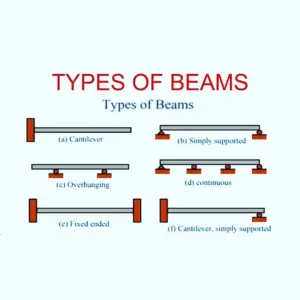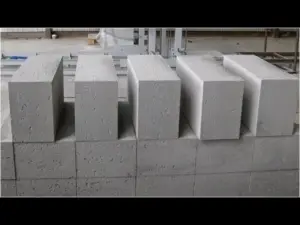Stress & Strain – An Introduction – Young’s Modulus | Explained with Examples

In mechanical properties of various solid materials, two of the most important concepts are that of stress and strain. It is crucial in understanding how an object behaves or reacts when you apply a force on it. Stress and strain help in identifying the strength, deformation, and various other mechanical properties of the object. If … Read more









